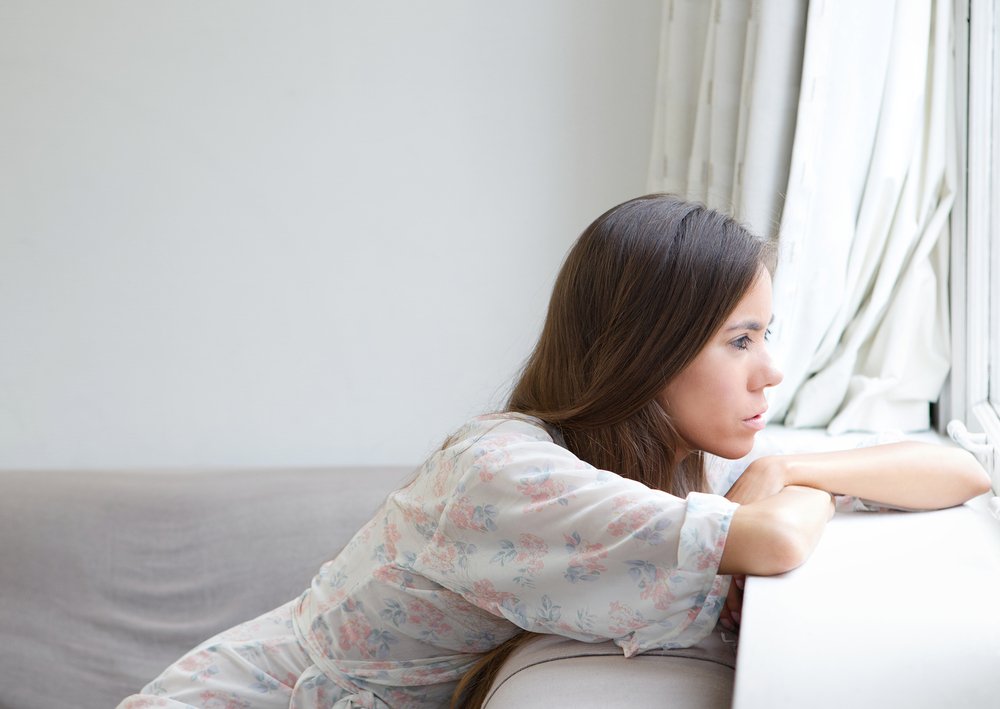Depression, Low Self-Esteem, and Children’s CP Limitations Increase Parenting Stress for Mothers, Study Suggests

Depression, low self‐esteem, and their children’s limitations in mobility and communication can impact the parenting stress of mothers caring for sons or daughters with cerebral palsy, a study suggests.
The findings call attention to the importance of watching for the emotional and cognitive well-being of parents — especially mothers — whose children have cerebral palsy and adjusting healthcare interventions and policies accordingly.
The study, “Activity Limitation in Children with Cerebral Palsy and Parenting Stress, Depression, and Self‐esteem: A Structural Equation Model,” was published in the journal Pediatrics International.
A structural equation model includes a diverse set of mathematical models, as well as computer algorithms, and statistical methods. Together, they allow researchers to analyze relationships between sets of data based on several different variables.


